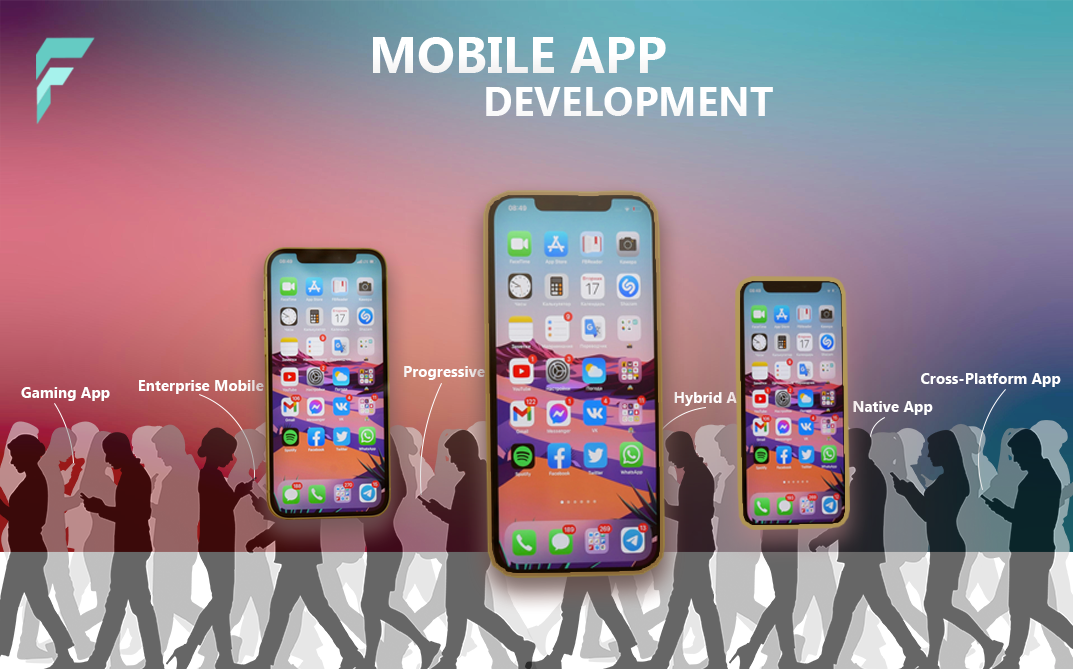How Much Does Mobile App Development Cost?
Discover the cost of mobile app development—explore key pricing factors, cost breakdowns, and tips for budgeting your app project
Discover the cost of mobile app development—explore key pricing factors, cost breakdowns, and tips for budgeting your app project
Mobile App development costs vary significantly depending on factors like complexity, platform, features, and development approach. Whether building a simple app or a feature-rich enterprise solution, understanding the cost breakdown is essential for budgeting and decision-making.

Several elements contribute to the total cost of developing a Mobile App:
The cost of Mobile App development depends on the app’s complexity:
To determine an estimated budget for app development, follow these steps:
Beyond the initial development costs, additional expenses may arise:
Businesses can minimize development expenses without compromising quality by following these strategies:
Mobile app development costs depend on multiple factors, including complexity, platform choice, and post-launch expenses. By understanding these elements and strategically planning the development process, businesses can optimize their budgets while ensuring high-quality app performance. Whether choosing a custom-built solution or leveraging cost-effective development strategies, proper cost estimation is crucial for successful app development.

Choose F12 Technologies for industry-leading mobile app solutions designed to boost engagement, efficiency, and growth for your business.
We tailor our services to meet your specific requirements, ensuring innovative and impactful solutions that help you achieve your goals.
Contact Us